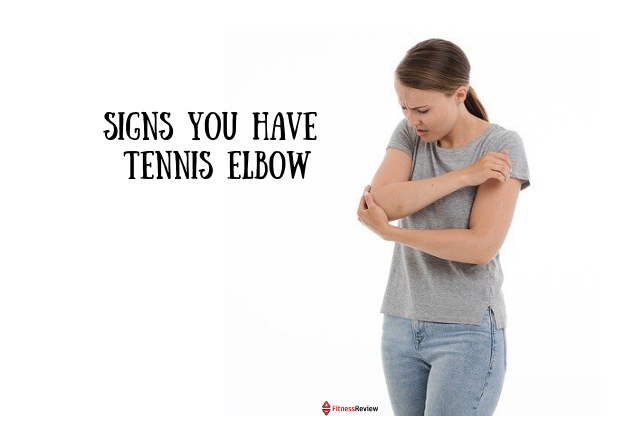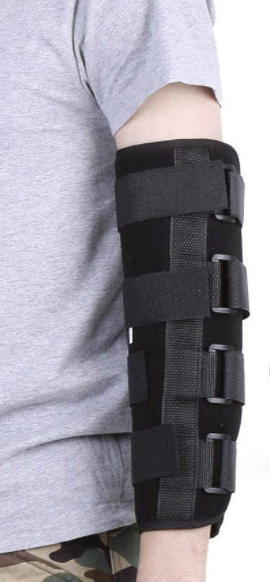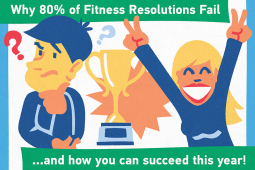What Is Tennis Elbow?

Painful Elbows are Common: Here is How to Tell If You Have Tennis Elbow
You don’t need to play tennis to get ‘Tennis Elbow’. This is a form of repetitive strain injury. It affects the tendons around the elbow, and can cause pain, inflammation, and reduced ability to use the affected arm.
Medically, this is known as lateral epicondylitis. It affects between 1% and 3% of people, with the 30 to 50 age range suffering the most cases. It can be caused by any repetitive action. Tennis is just one example, though activities including decorating, work place tasks and even sewing have been logged as causes.
This quick-fire guide covers the symptoms, causes, treatments and preventive measures for Tennis Elbow.
Symptoms of Tennis Elbow
A key question is where is the dividing line between a temporary sore elbow and lateral epicondylitis?
The NHS recommend you rest your arm for a few days if you do get the initial symptoms of a sore outside of you elbow, inability to use your arm normally or to straighten your arm. If these symptoms continue, you should visit your GP.
Your doctor will carry out a series of simple tests. They will work out whether your injury is nerve damage (which would require more advanced scans), muscular or tendon based.
Tennis elbow starts with tears to your tendons linking your muscles to the bones around your elbow. These tears add up, causing inflammation and pain. If your pain is in the inside of your elbow instead of the outside, you may have ‘Golfers Elbow’ – a similar condition which (again) is not caused only by one sport.
 Treatment: How to Tackle a Painful Elbow
Treatment: How to Tackle a Painful Elbow
Rest is the main way to return your arm to normal, pain-free function. Pain killers are used to help you get over the worst of it. Paracetamol and Ibuprofen are both popular.
The key factor is to stop whatever repetitive movements caused the damage in the first place. If this is a workplace-based issue, then you will need to find alternative tasks. Sporting injuries are often the result of incorrect technique. Tennis is a great example. A pro coaching session that looks into detail at your strokes could help resolve problems. You need to wait until the current bout has cleared up before you play again.
Cold will help in the same way it does for inflammation elsewhere. There is some science behind the bag of frozen peas trick – with the ice reducing muscular inflammation effectively in many cases.
In extreme cases and following MRI scans and other tests – physiotherapy or even surgery may be the only solution.
For most people pain killers and rest will see you through.
Braces / Orthotics and Tennis Elbow
A brace or sling should be used to help you rest the affected arm. This is not always practical, as those arms are needed in day-to-day life!
Here is where orthotic support devices come into their own. You can get sleaves which support your whole arm, ones for your wrist which will help support tendons near the elbow by making it easier to straighten your wrist. You can also get counterforce orthotics. This is a grand name for a strap which goes around your arm, helping the joints indirectly by compressing the start of your wrist extensors.
Strengthening your arm muscles is a great way to prevent future flare-ups – especially when combined with better technique.
Wrapping Up: Don’t Let Tennis Elbow Get Break Point Against You
The best solution to any repetitive strain injury is to watch for early signs and take preventative action. If your work, sport, or daily activities regularly leave you with sore elbows, wrists, or arm muscles, then you could soon be joining the 1% to 3% of people who develop Tennis Elbow each year.
When you get it, then a combination of pain killers and resting the affected arm is your best bet. If symptoms persist, you can have a GP check it out.
The main solutions are support products, better / different technique and strengthening your muscles.
More Popular Pages this Month:


